China Caixin PMI Services dropped slightly from 55.5 to 55.0 in August, above expectation of 54.2. Caixin added that business activity growth held close to July’s 15-month high. total new orders rose despite stronger fall in new export business. Optimism around outlook was highest since November.
Wang Zhe, Senior Economist at Caixin Insight Group said: “In August, the Caixin China General Composite PMI dropped to 53 from 54 the previous month. The reading, while marking the second straight monthly drop, remained in expansionary territory. Both supply and demand continued to expand, albeit at a slower pace, with services outperforming manufacturing. Employment remained weak and input costs experienced the slowest increase in 27 months. Market confidence remained stable.”




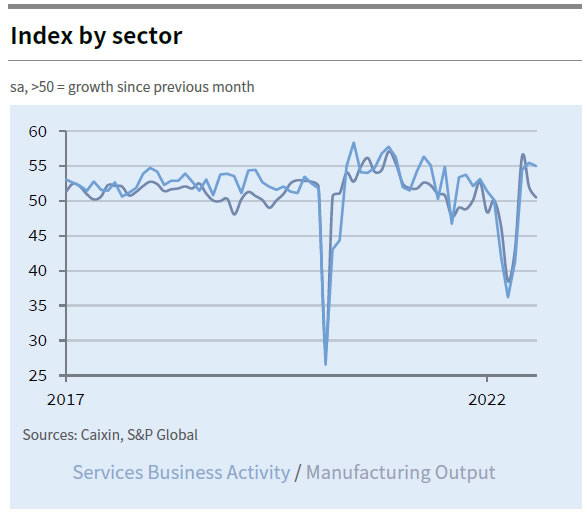
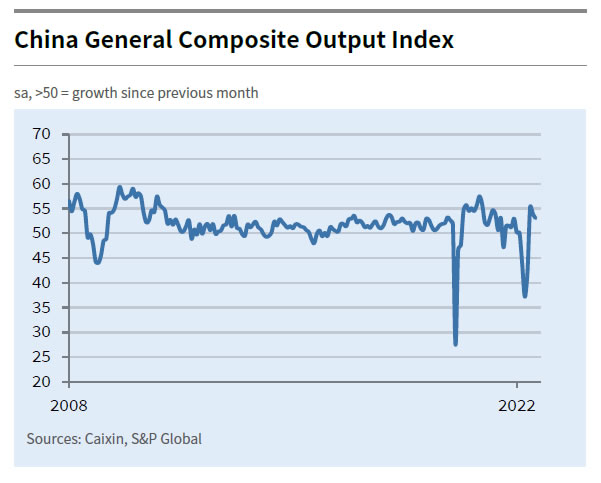
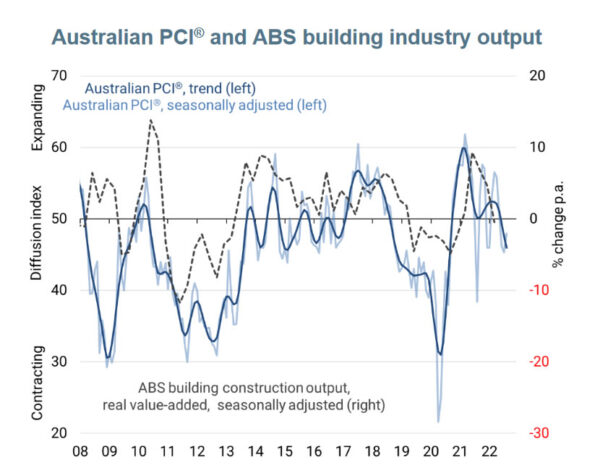
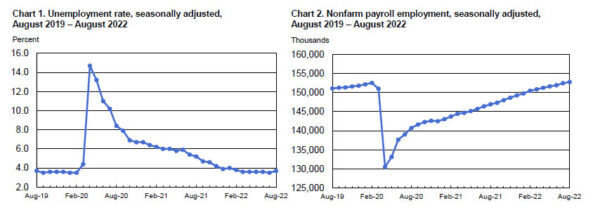
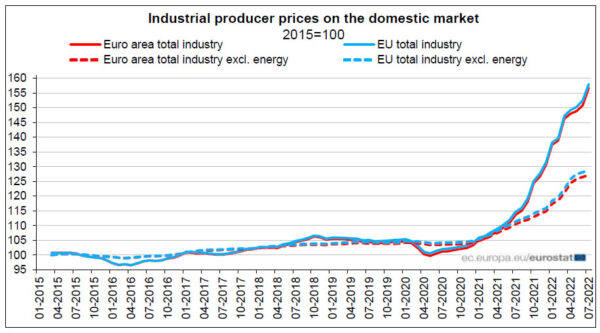
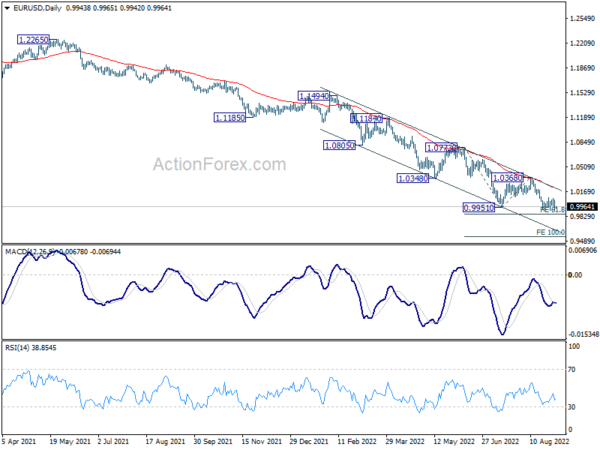
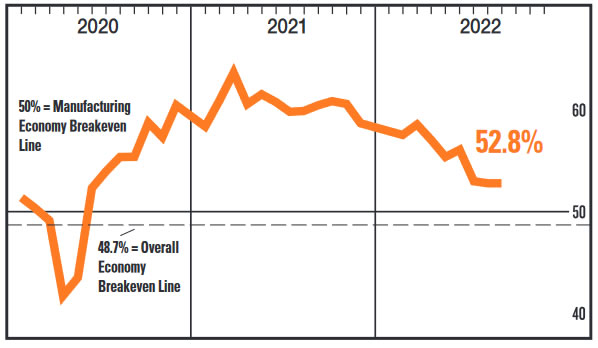
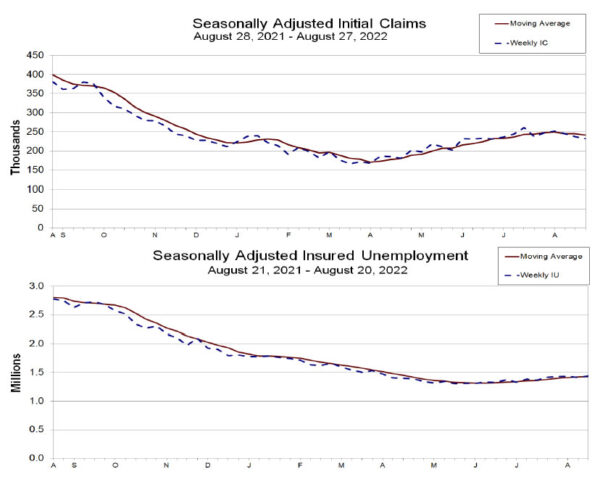
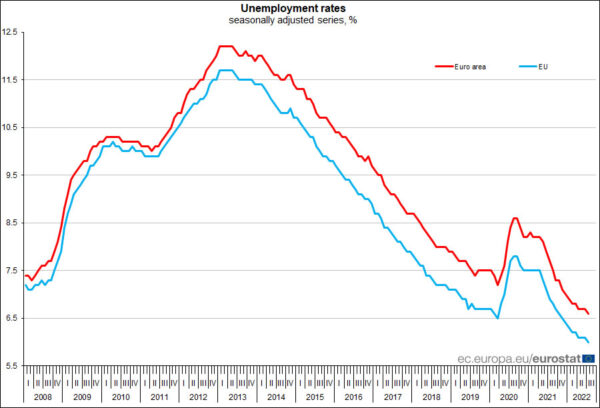
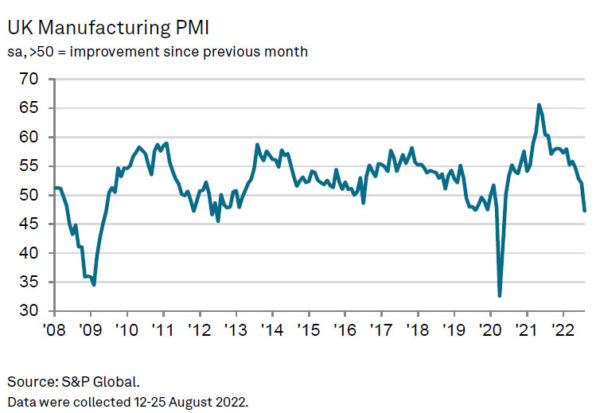
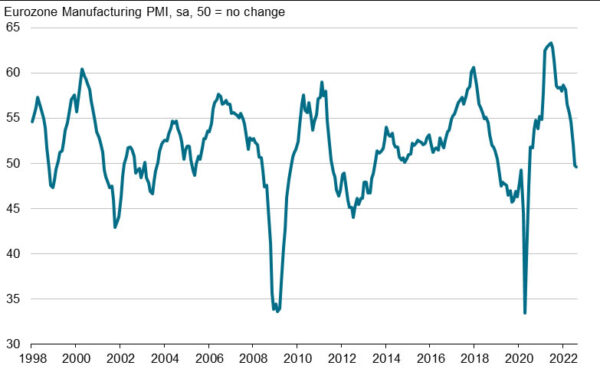
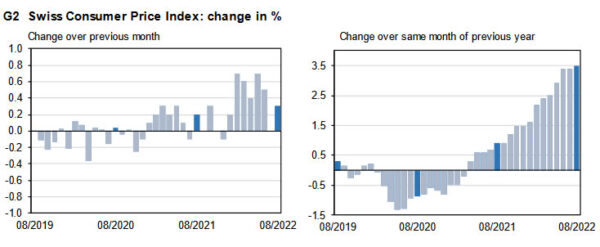
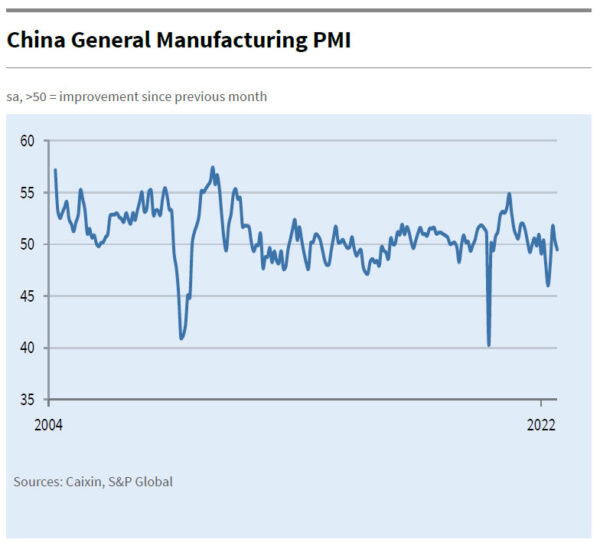
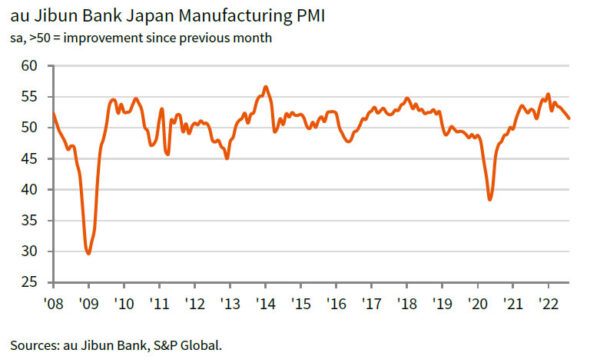
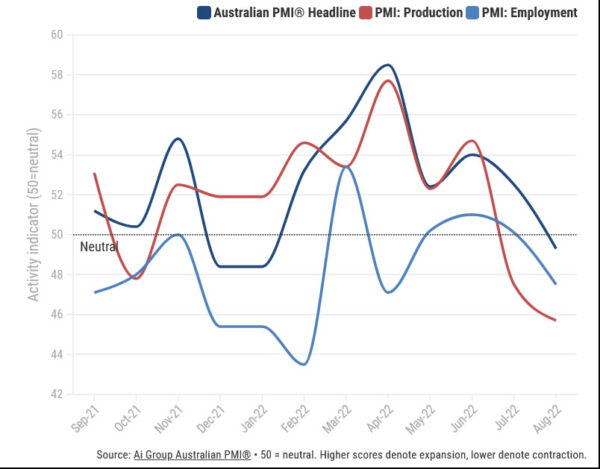
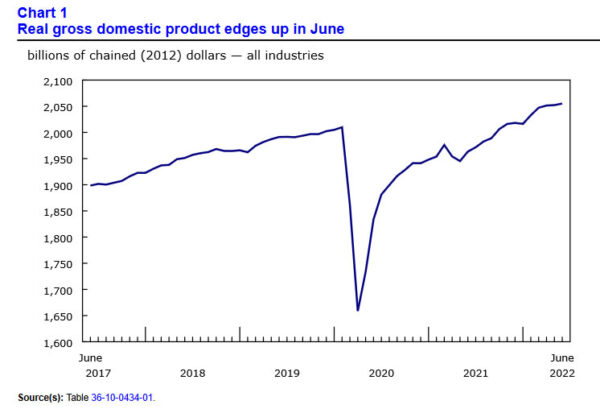
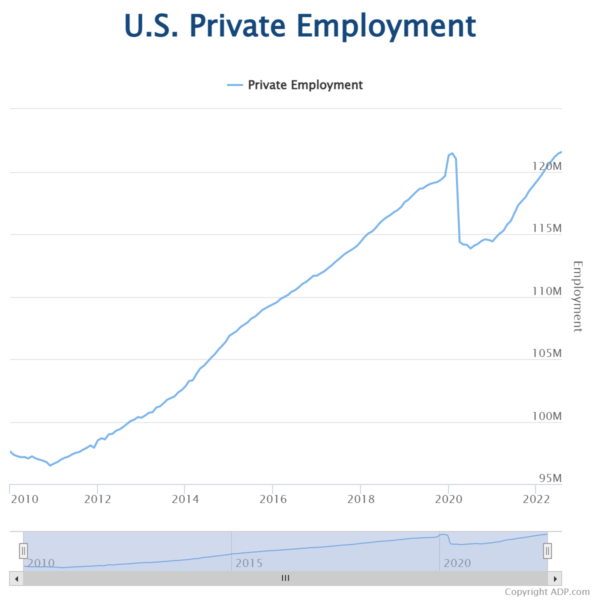

Swiss GDP grew 0.3% qoq in Q2, strong private consumption
Swiss GDP grew 0.3% qoq in Q2, below expectation of 0.4% qoq. Looking at some details, manufacturing contracted -0.5%. Construction contracted -1.7%. Trade dropped -2.1%. However, accommodation and food grew strongly by 12.4%.
By expenditure approach, private consumption rose 1.4%. Government consumption was flat. Equipment and software investment rose 2.5%. Exports of goods dropped sharply by -11.5%. Import of goods dropped -0.6% too.
Full release here.